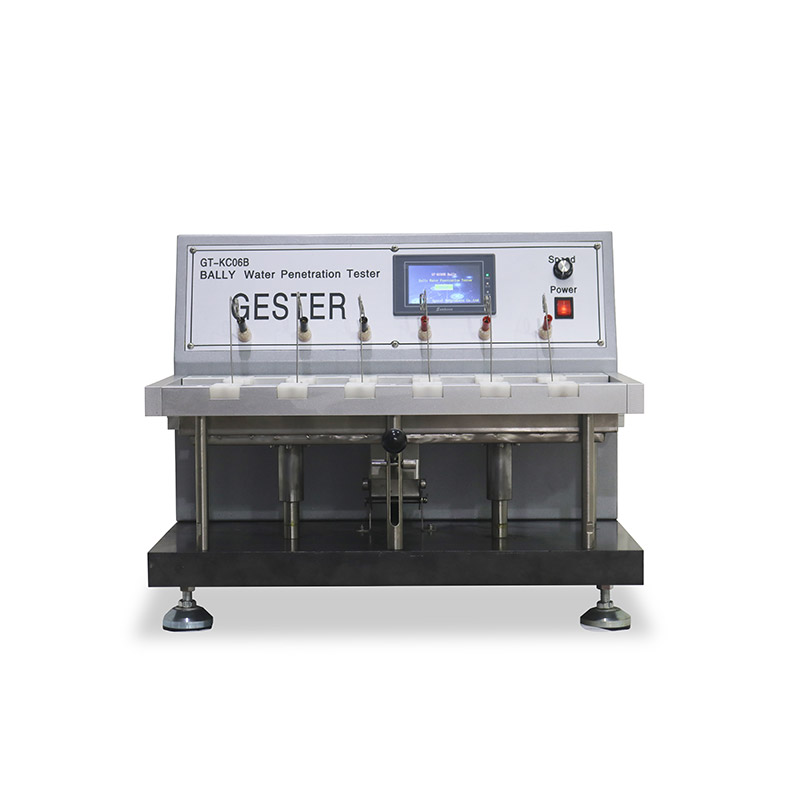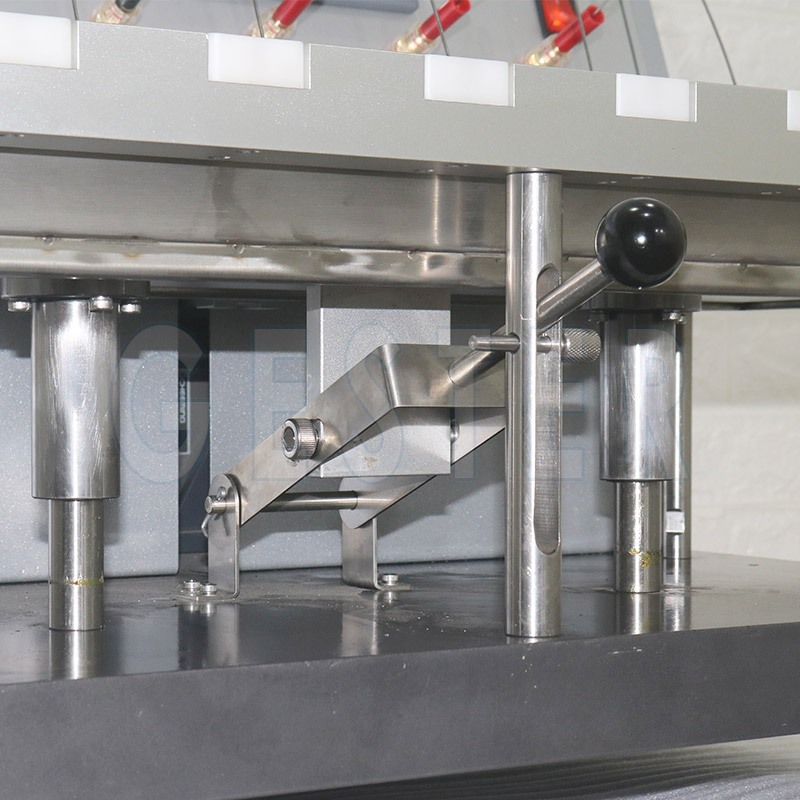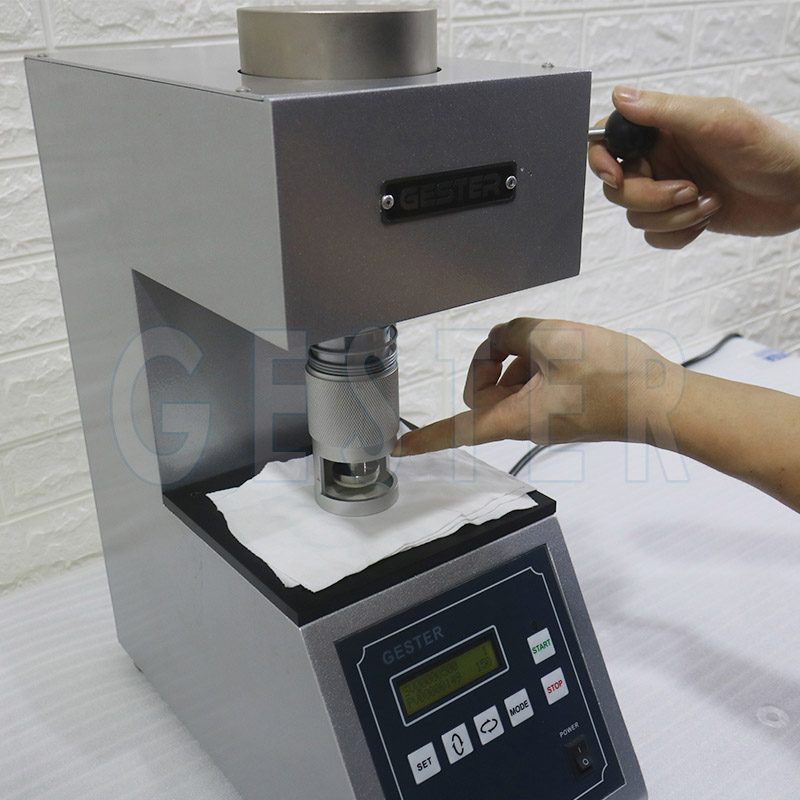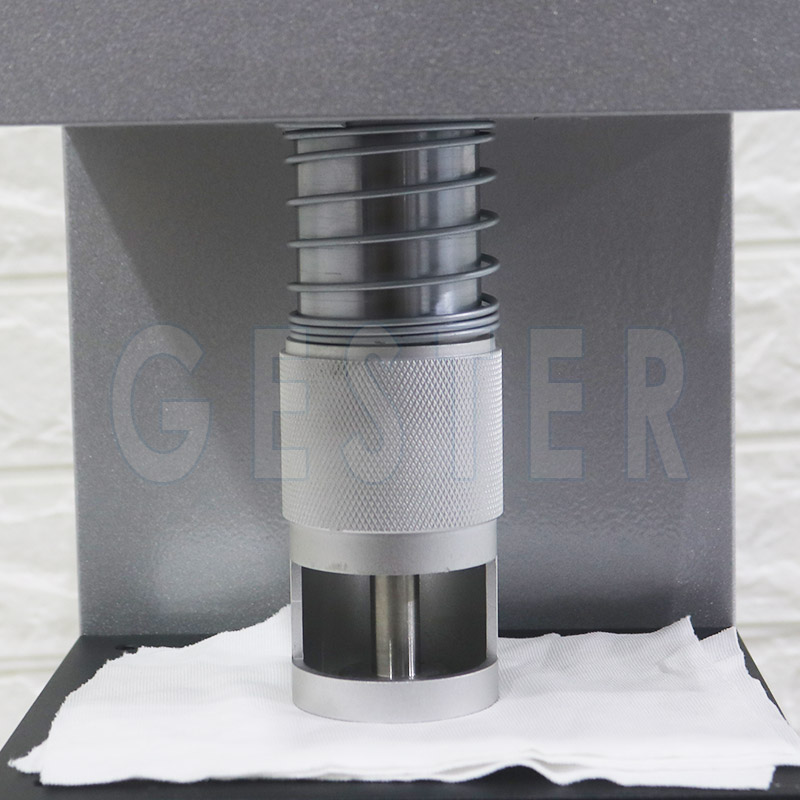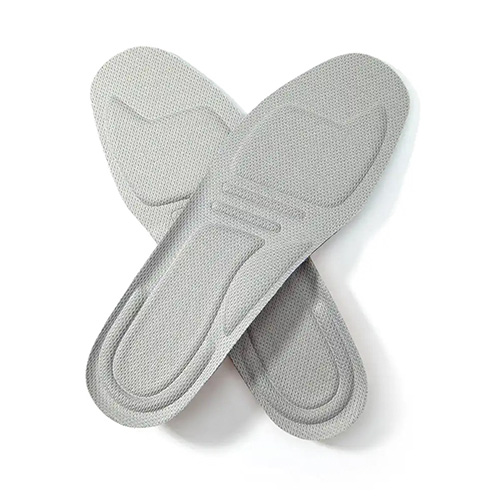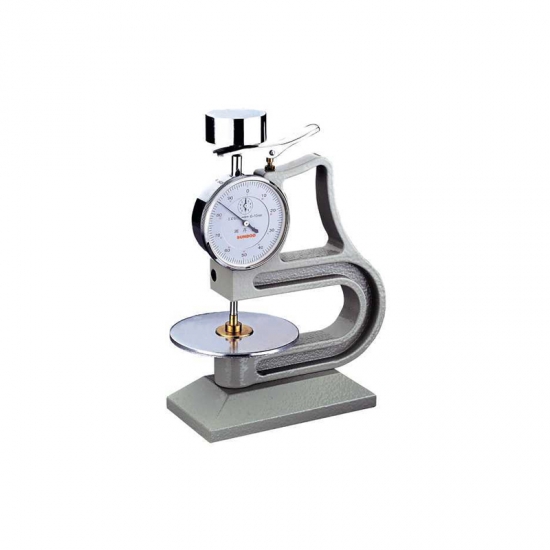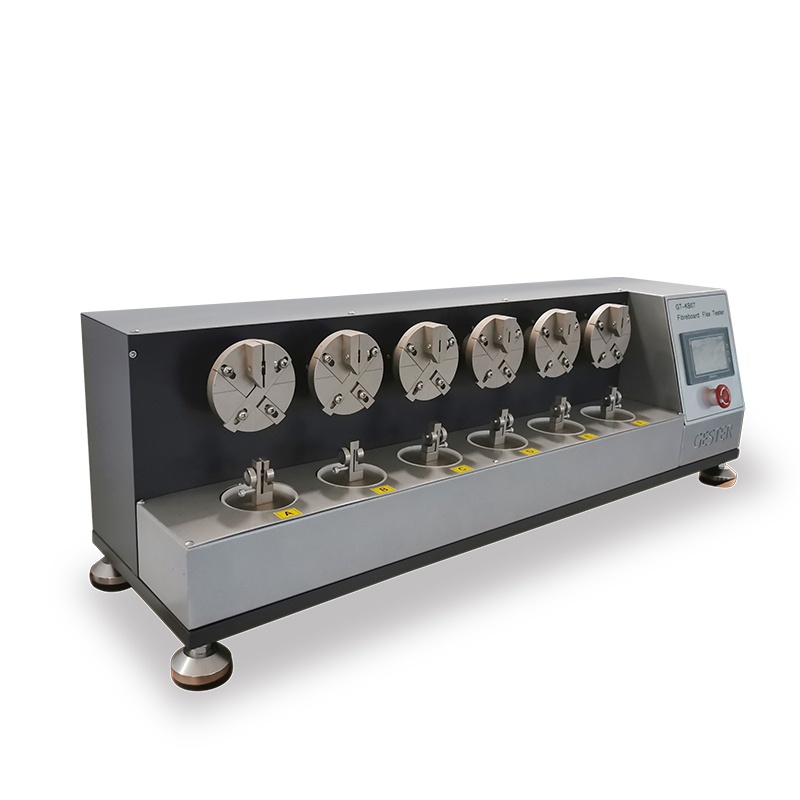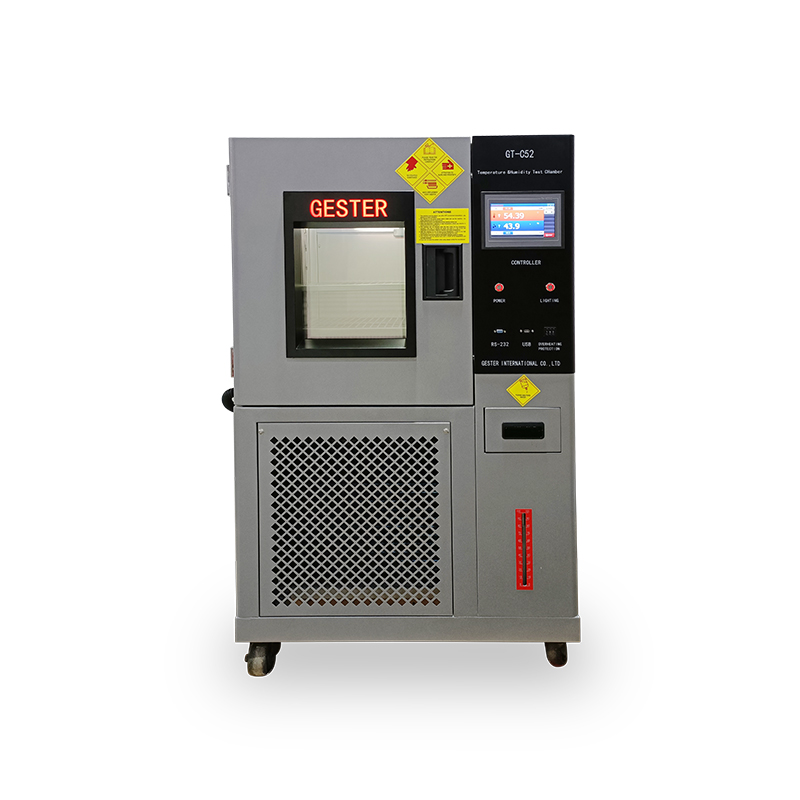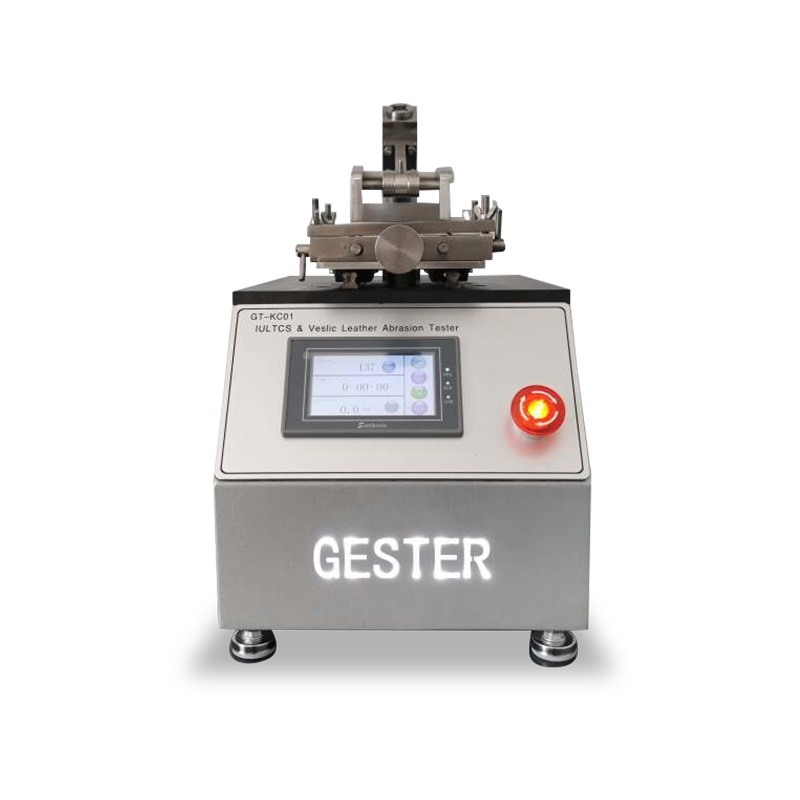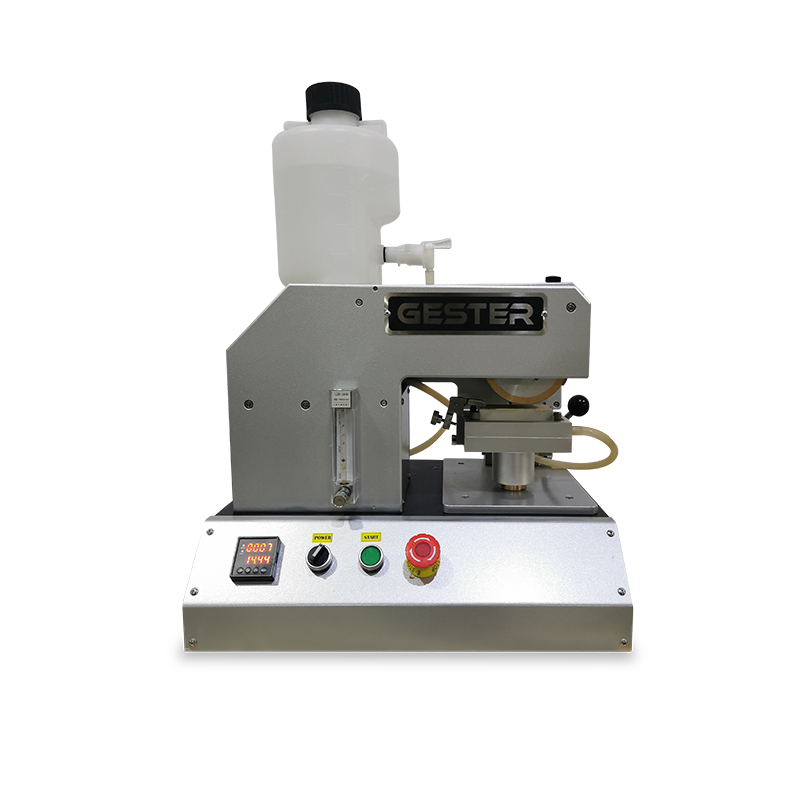When planning a construction project, one of the biggest investments is equipment. Excavators are essential machines for digging, lifting, and earthmoving tasks. However, purchasing a brand-new machine can put a heavy strain on your budget. This is why many contractors and businesses choose to buy a used excavator for sale, as it offers both affordability and reliability.
1. Cost-Effective Investment
Buying a used construction excavator is far more affordable than purchasing new. Instead of spending a large sum upfront, you can acquire a reliable second-hand excavator at a fraction of the cost. This means you can use your budget more wisely—whether that’s buying additional equipment, hiring more workers, or expanding your operations.
2. Faster Return on Investment (ROI)
A second-hand excavator pays for itself much faster than a new one. Since your initial cost is lower, your projects start generating profits quickly. This is especially beneficial for small to mid-sized contractors who want to grow without heavy debt.
3. Proven Reliability and Performance
High-quality used excavators are built to last and can perform almost as efficiently as new machines. Many suppliers provide detailed inspection reports, maintenance records, and even limited warranties. When buying from a trusted seller, you can be confident that your excavator is reliable and ready to work.
4. Wide Selection and Quick Availability
The used excavator market offers a broad range of models and sizes, allowing you to find the right machine for your project needs. Unlike new equipment that may require long waiting times, used machinery is often ready for immediate delivery, saving valuable time on urgent projects.
5. Lower Depreciation
Just like cars, new heavy machinery loses value quickly in the first few years. By choosing a used excavator, you avoid the steepest depreciation curve. This also means that if you decide to sell or upgrade in the future, your machine will retain more resale value.
6. Eco-Friendly and Sustainable
Buying a used construction machine helps reduce environmental impact. Instead of manufacturing a brand-new excavator, reusing and extending the life of existing equipment conserves resources and reduces waste. This makes it not only a cost-effective choice but also a responsible one.

FAQ: Quality and Payment Considerations for Used Excavators
1. What should I check before buying a used excavator?
When buying a used excavator for sale, always inspect the machine’s engine, hydraulic system, undercarriage, and overall wear. Request a complete maintenance history and ensure there are no leaks, cracks, or unusual noises. A reliable supplier should provide a pre-shipment inspection report.
2. How do I ensure the quality of a second-hand excavator?
To guarantee quality, buy from reputable used excavator suppliers who offer warranties or after-sales service. Check working hours, ask for inspection videos, and confirm the machine has been regularly serviced. A well-maintained used construction excavator can work as efficiently as a new one.
3. What payment methods are safest for used construction machinery?
Always use secure and traceable payment methods such as bank transfer (T/T), letter of credit (L/C), or escrow. Avoid cash payments for large amounts. Ensure the sales contract clearly states the warranty terms, delivery timeline, and after-sales support to protect your investment.
4. Is it safe to buy a used excavator from overseas?
Yes—provided you work with an experienced exporter. Trusted suppliers usually have certifications, verified business licenses, and customer reviews. They also conduct two pre-shipment inspections and offer payment protection options to ensure transaction safety.
5. How can I get the best value when buying used excavators?
Compare machine prices, hours worked, and overall condition. Sometimes a slightly newer affordable used excavator with lower working hours offers better long-term value. Balancing cost and quality ensures you make the smartest purchase.
Final Thoughts
Purchasing a used excavator for sale is not just a way to save money—it’s a strategic business move. From lower costs and faster ROI to proven performance and environmental benefits, a used machine can deliver everything you need for your projects.
By paying attention to quality checks and secure payment methods, you protect your investment and ensure long-term success. With the right supplier, buying a second-hand excavator becomes a safe, reliable, and profitable choice for contractors and construction companies worldwide.










